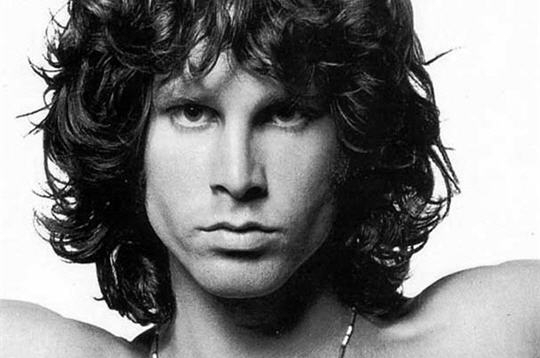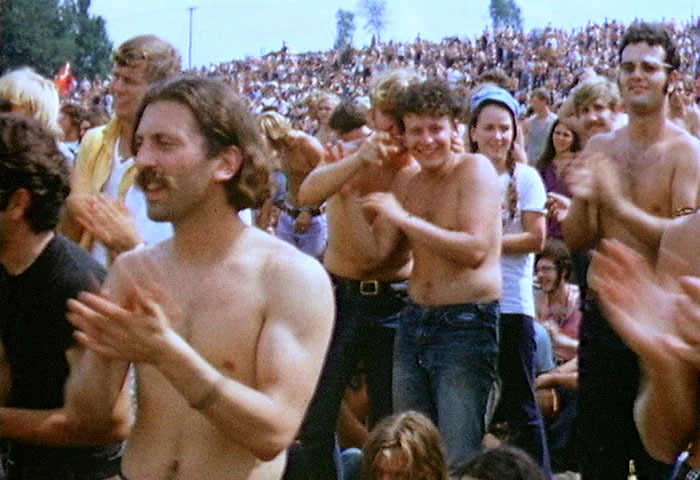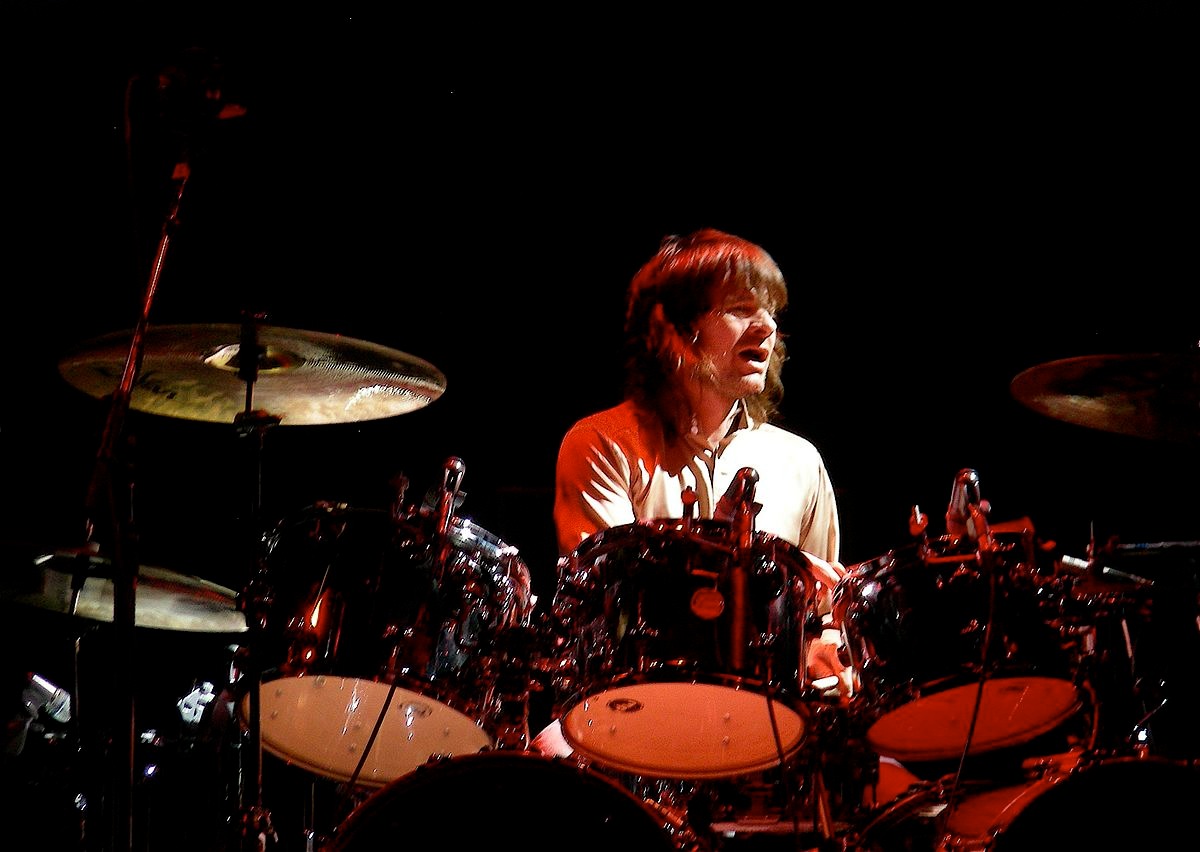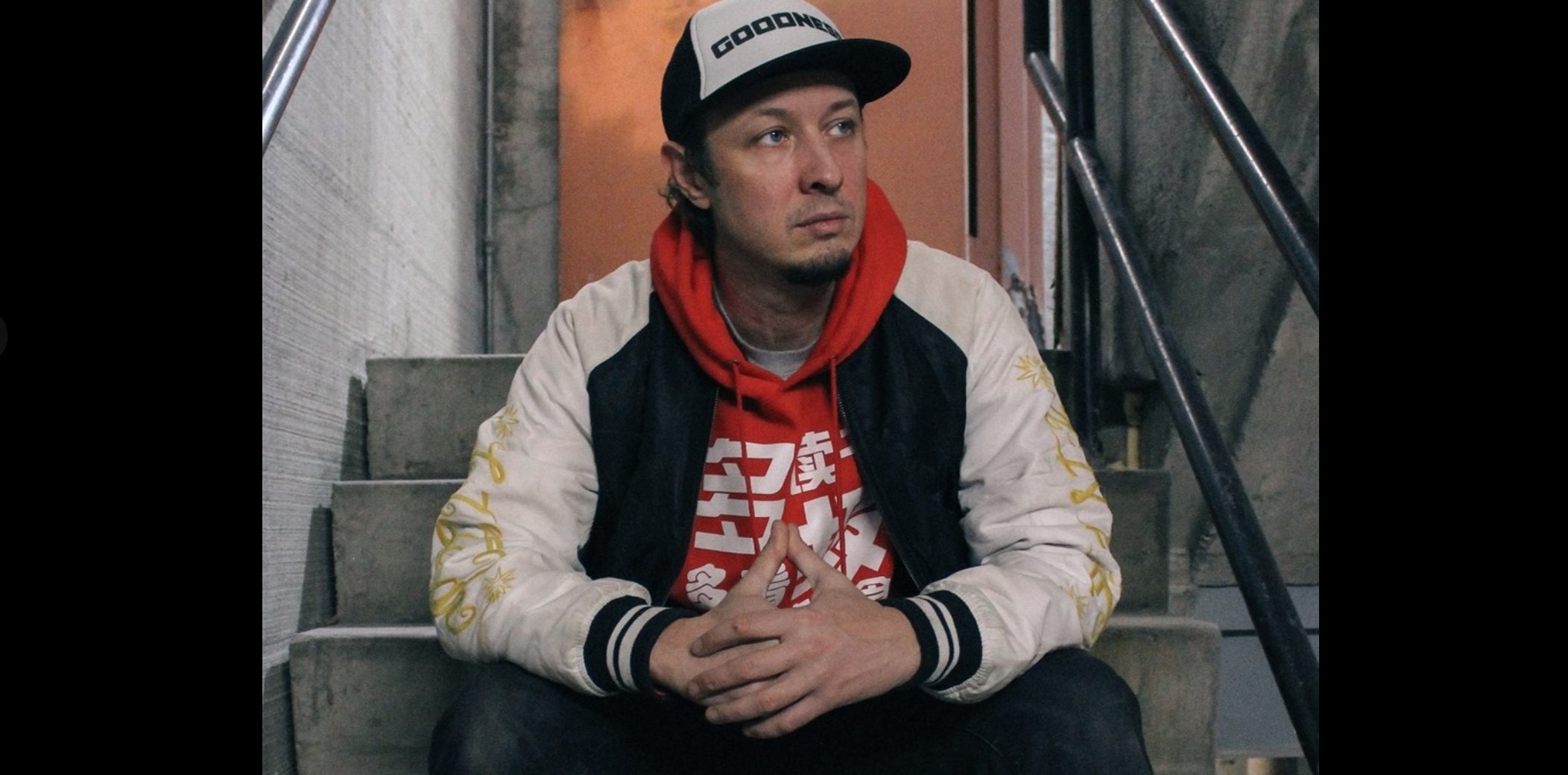Your streaming algorithm knows something’s wrong when it starts surfacing dead artists with suspicious frequency. The so-called “27 Club” isn’t a real organization—it’s our collective unconscious curating the world’s most morbid playlist.
Five tracks of brilliance cut short, looping endlessly despite academic research proving there’s no statistical curse at age 27. Yet here we are, still hitting repeat on this haunted mixtape nobody consciously created.
The Ultimate Tragic Playlist
Each artist became a different genre of goodbye, their final albums serving as unintentional farewell tours.
These five “tracks” define musical tragedy across generations:
- Jimi Hendrix delivered electric fire through feedback and distortion, transforming guitar technique forever before a barbiturate overdose claimed him September 18, 1970
- Janis Joplin’s whiskey-drenched rasp pushed female vocal expression into raw vulnerability territory, ending with heroin on October 4, 1970
- Jim Morrison channeled shamanic poetry through The Doors’ cryptic anthems until heart failure silenced him July 3, 1971
- Kurt Cobain’s bleeding feedback captured Gen X disaffection before suicide ended his struggle April 5, 1994
- Amy Winehouse modernized soul with jazz-infused confessionals, her Grammy-winning “Back to Black” becoming prophecy when alcohol poisoning took her July 23, 2011
The Math Doesn’t Add Up
Academic research reveals the “curse” as pattern-seeking behavior, not supernatural forces targeting musicians.
Indiana University researchers found no statistical significance to musicians dying at 27 versus other ages—the clustering effect creates false perception. Three deaths between 1969-1971, then Cobain in 1994, followed by Winehouse in 2011. Our brains connect these dots into mythology because posthumous fame amplifies the tragedy.
It’s like Spotify’s algorithm surfacing sad songs when you’re already depressed—confirmation bias with a soundtrack.
Why We Keep Playing This Record
The myth endures because these artists embodied the romantic notion of genius burning too bright to survive.
Each generation rediscovers these tracks, finding their own meaning in the music while perpetuating the mythology. You’ve probably encountered them through curated playlists with titles like “Lost Legends” or “Gone Too Soon.”
The 27 Club myth persists because it satisfies our need for narrative patterns in an otherwise random universe. We want artistic brilliance to mean something more than talent plus circumstance—we want it to be dangerous, cursed, special.
These five artists created music that transcends their tragic endings. Their haunted mixtape plays on because the songs remain alive, even when the voices have been silenced. Maybe that’s the real magic—not a curse, but digital immortality.

























